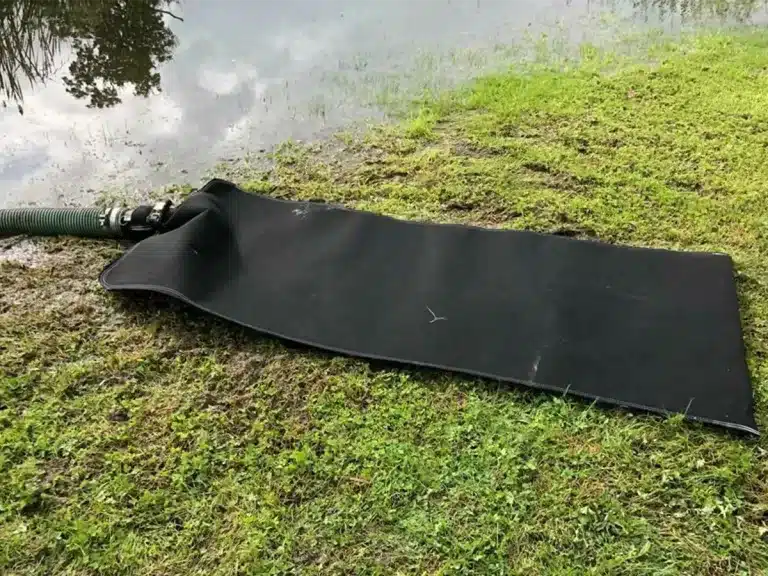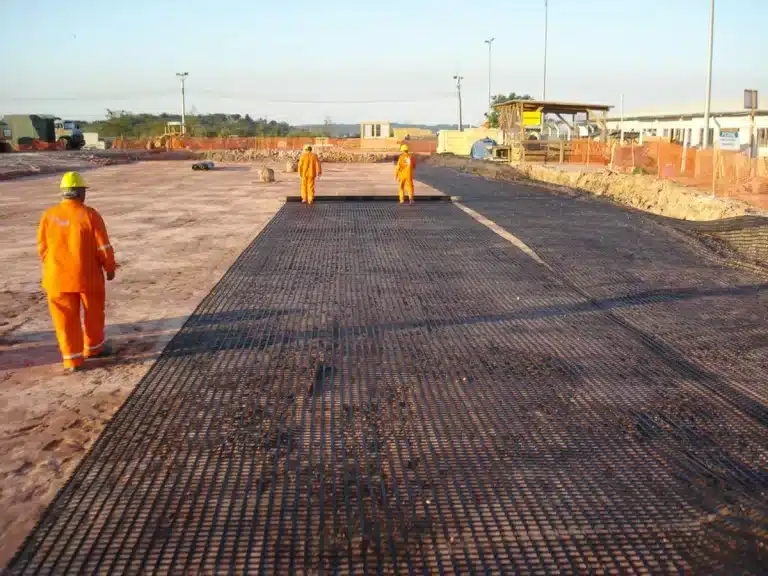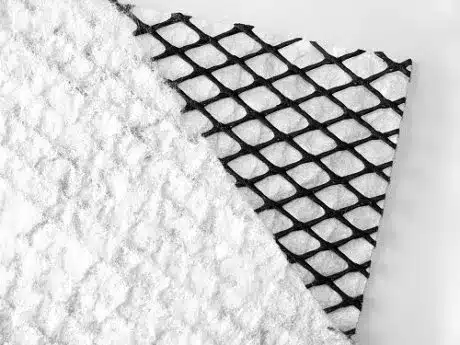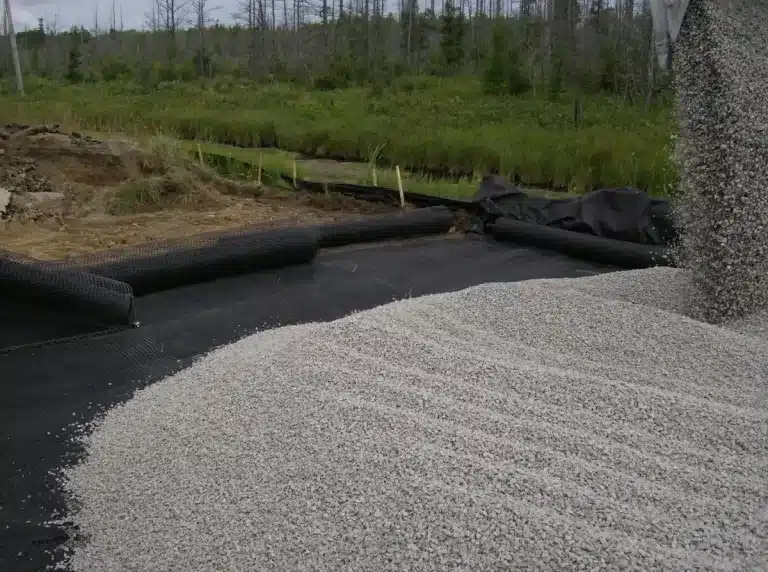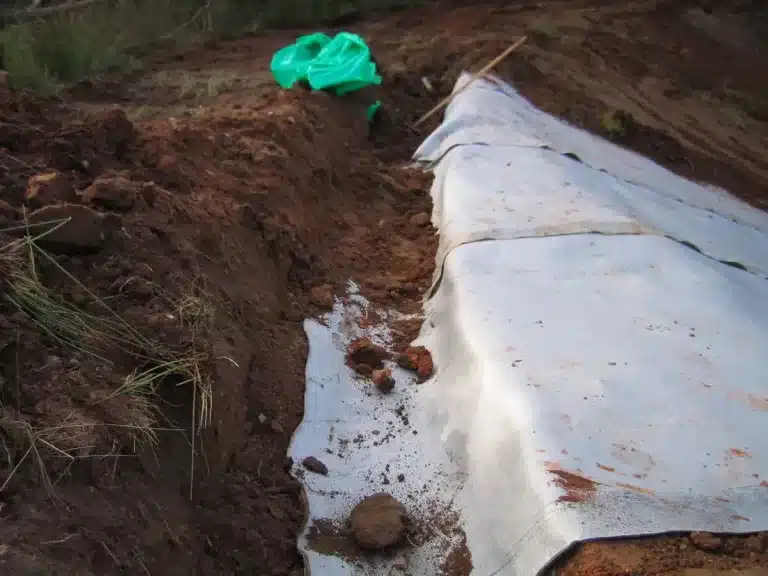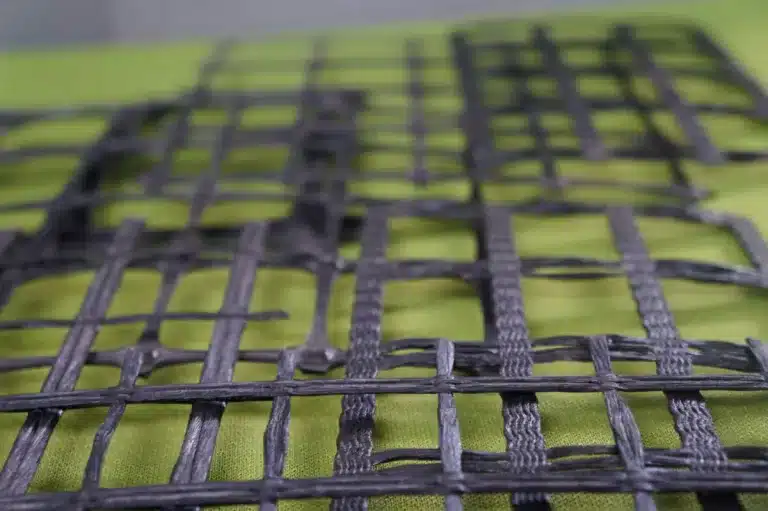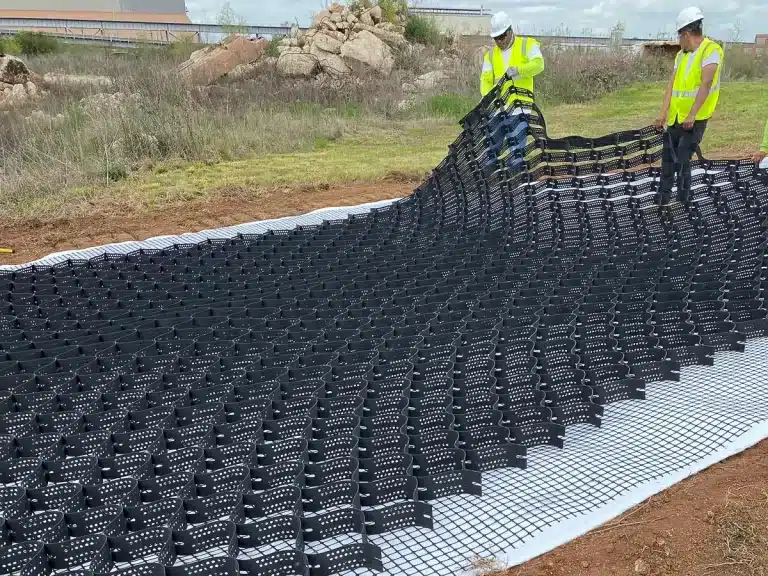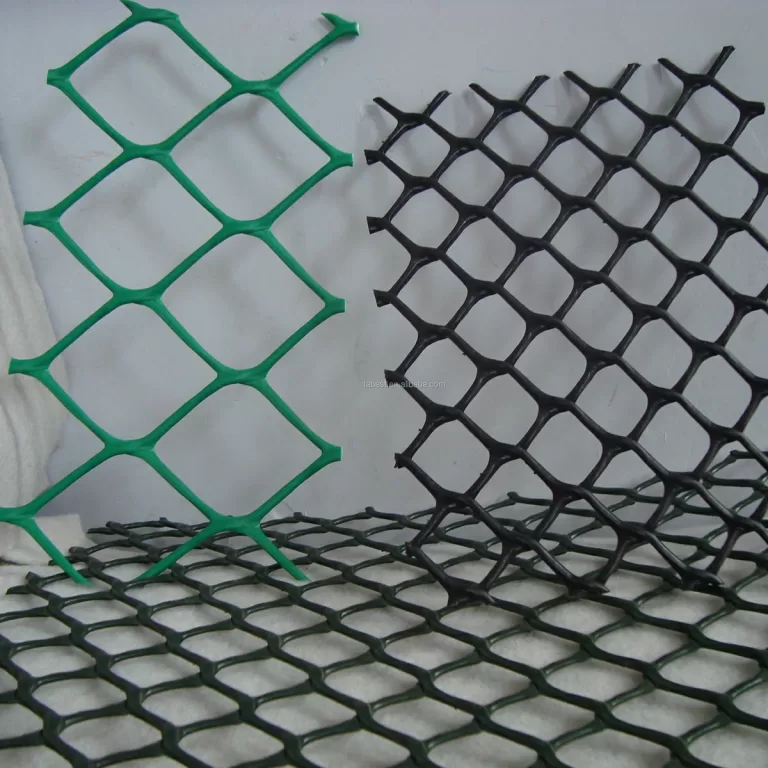Maximizing Stability and Erosion Control with Geotextile Bags
Geotextile bags are versatile and sustainable solutions for erosion control and stabilization in various construction and environmental projects. In this article, we’ll explore what geotextile bags are, what materials they are made of, their ideal applications, and address frequently asked questions to help you better understand the benefits of using geotextile bags.

